The advantages and disadvantages of a headset are not determined by external factors. The use of certain materials and structures does not represent anything. The design of an excellent headset is a perfect combination of modern electroacoustics, material science, ergonomics and acoustic aesthetics—— Evaluation of Earphones.
For the evaluation of a headset, we need to go through objective tests and subjective listening before we can draw a conclusion. The objective test of earphones includes frequency response curve, impedance curve, square wave test, intermodulation distortion, etc.
Today, we only discuss the subjective listening evaluation of earphones, which is a necessary step for us to select earphones.
To correctly evaluate the sound of earphones, we must first understand the characteristics of the sound of earphones. The earphone has the incomparable advantages of the speaker, with small phase distortion, wide frequency response, good transient response, rich details, and can restore a delicate and realistic voice. But earphones have two disadvantages. To be exact, these are two characteristics of earphones, which are determined by their physical position relative to the human body.
The first feature is the "headphone effect" of headphones.
The acoustic environment created by earphones is not found in nature. The sound waves in nature enter the ear canal after interacting with human head and ears, and the sound emitted by earphones directly enters the ear canal; Most of the records are made for sound box playback. The sound and image are located on the connecting line of the two sound boxes. For these two reasons, when we use headphones, we will feel the sound and image formed in the head, which is unnatural and easy to cause fatigue. The "headphone effect" of earphones can be improved by using special physical structures. There are also many sound field simulation software and hardware on the market.
The second feature is the low frequency of the headset.
The lower low frequency (40Hz-20Hz) and ultra-low frequency (below 20Hz) are perceived by the body, and the human ear is not sensitive to these frequencies. The earphone can reproduce the low frequency perfectly, but because the body cannot feel the low frequency, it will make people feel that the low frequency of the earphone is insufficient. Since the listening mode of earphones is different from that of speakers, earphones have their own way to balance the sound. The high frequency of earphones is generally improved, which gives people a sense of sound balance with rich details; A headset with a completely flat low frequency often makes people feel that the low frequency is insufficient and the voice is thin. Properly raising the low frequency is also a common method used by the headset, which can make the sound of the headset appear full and the low frequency is deep. Light earphones and earplugs are the most commonly used means. They have small diaphragm area and cannot reproduce deep low frequencies. Satisfactory low frequency effects can be obtained by improving the middle low frequency (80Hz-40Hz). The real sound is not necessarily beautiful. These two methods are effective in earphone design, but too much is not enough. If the high frequency and low frequency are excessively improved, the sound balance will be destroyed, and the stimulated timbre will easily cause fatigue. Intermediate frequency is a sensitive area for earphones, where music information is most abundant, and it is also the most sensitive place for human ears. The design of earphones is cautious about the intermediate frequency. Some low-end earphones have limited frequency response range, but they get bright and sharp timbre, turbid and powerful sound by improving the upper and lower segments of the intermediate frequency, which creates the illusion that the high and low frequencies are good. Listening to such earphones for a long time will feel boring.
Excellent earphone sound should have the following characteristics:
1. The sound is pure, without any unpleasant "hiss", "buzz" or "boo".
2. The balance is good, the timbre is never too bright or too dark, the energy distribution of high, medium and low frequencies is uniform, and the fusion between frequency bands is natural and smooth, without abrupt and burr.
3. High frequency extension is good, delicate and smooth.
4. Low frequency diving is deep, clean and full, elastic and powerful, without any feeling of fat or slow.
5. The medium frequency distortion is very small, transparent and warm, and the voice is kind and natural, thick, magnetic, and not exaggerating the dental and nasal sounds.
6. Good analytical power, rich details, and small signals can be clearly replayed.
7. Good sound field description ability, open sound field, accurate and stable instrument positioning, sufficient information in sound field, no empty feeling.
8. Dynamic has no obvious compression, good speed sense, no distortion or little distortion at high volume.
Such a headset can perfectly replay any type of music, with good fidelity and sense of music. Long term use will not cause fatigue, and the listener can be immersed in music.
Post time: Dec-02-2022















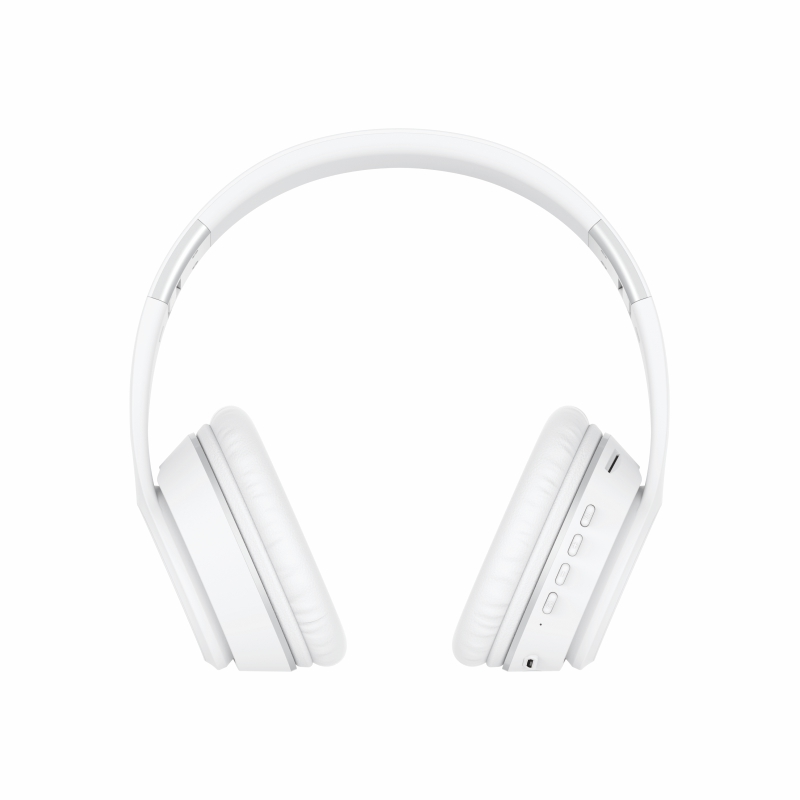
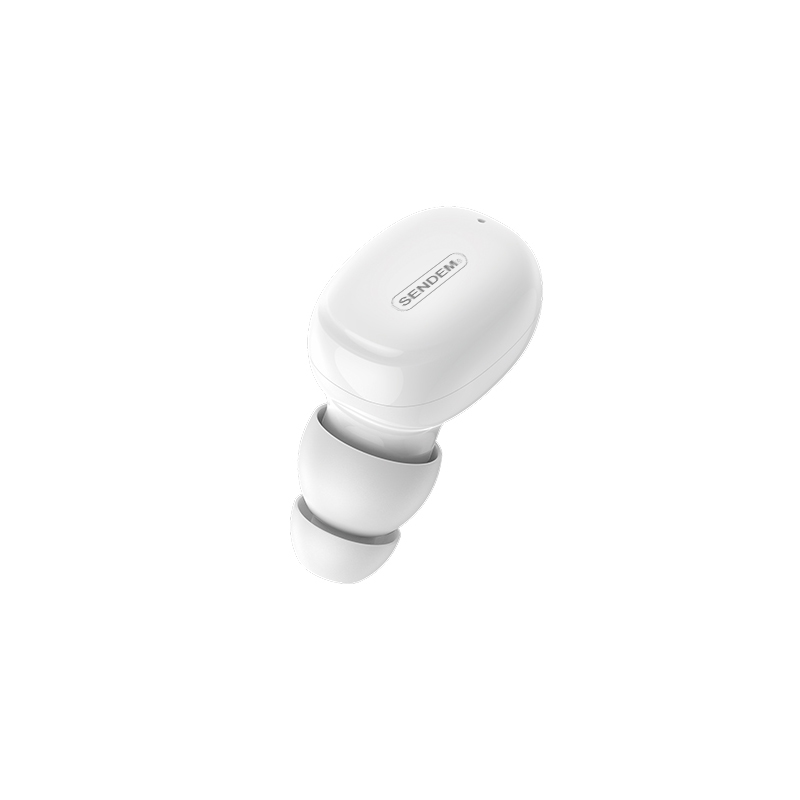






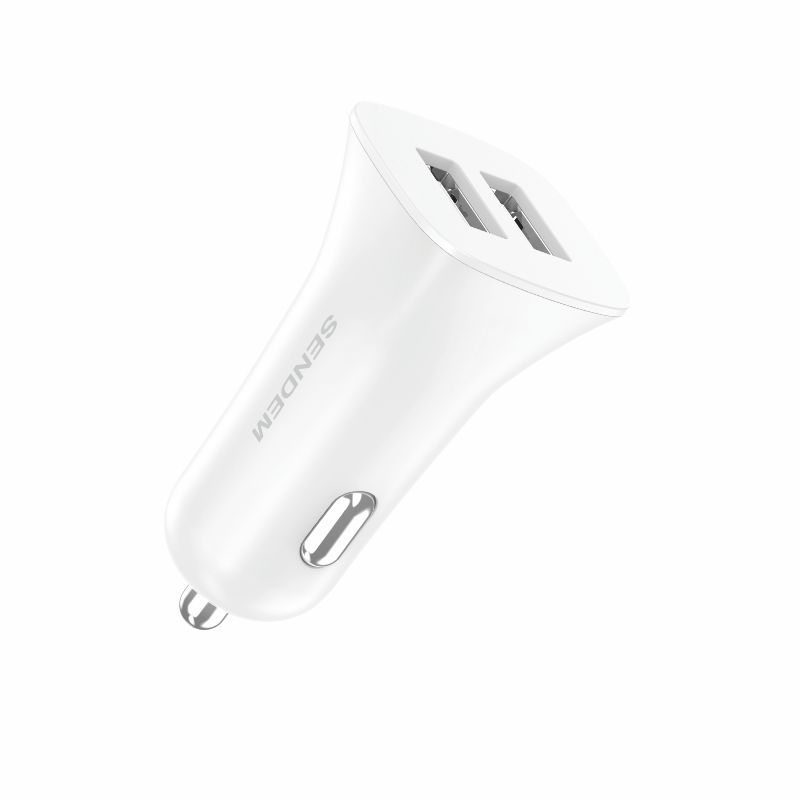








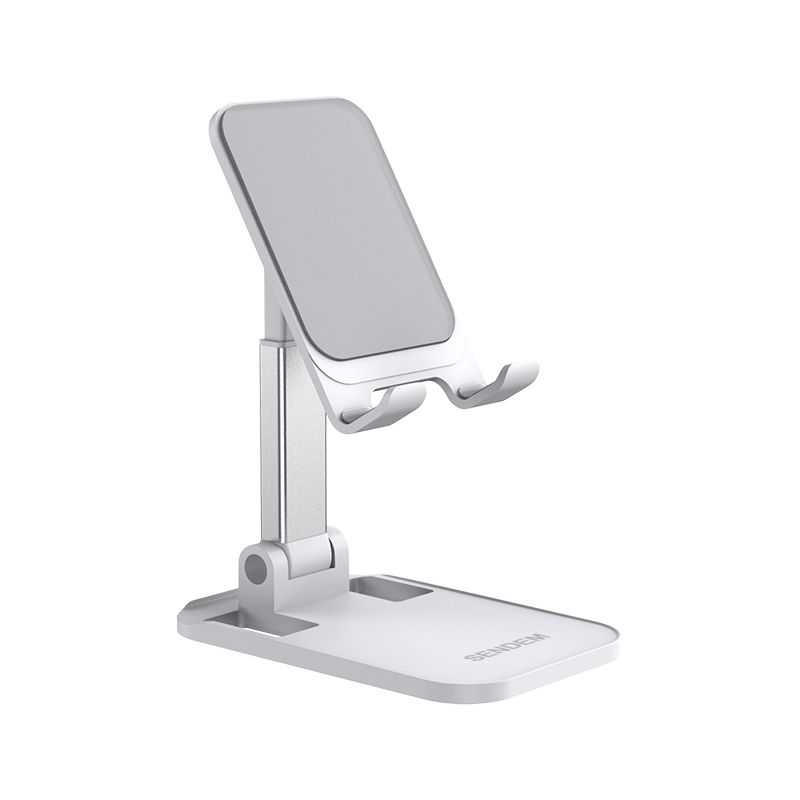














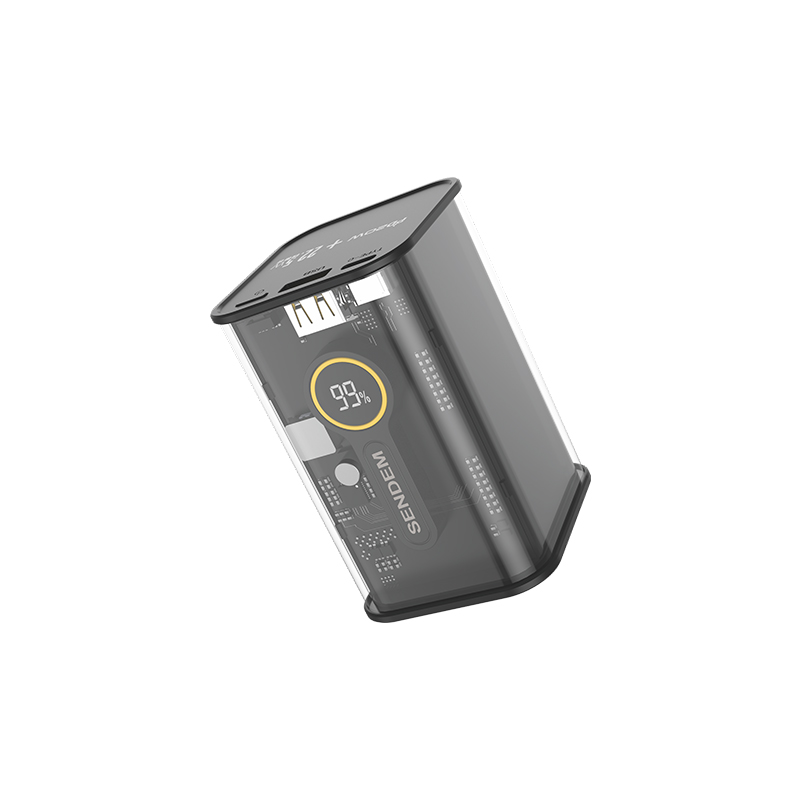











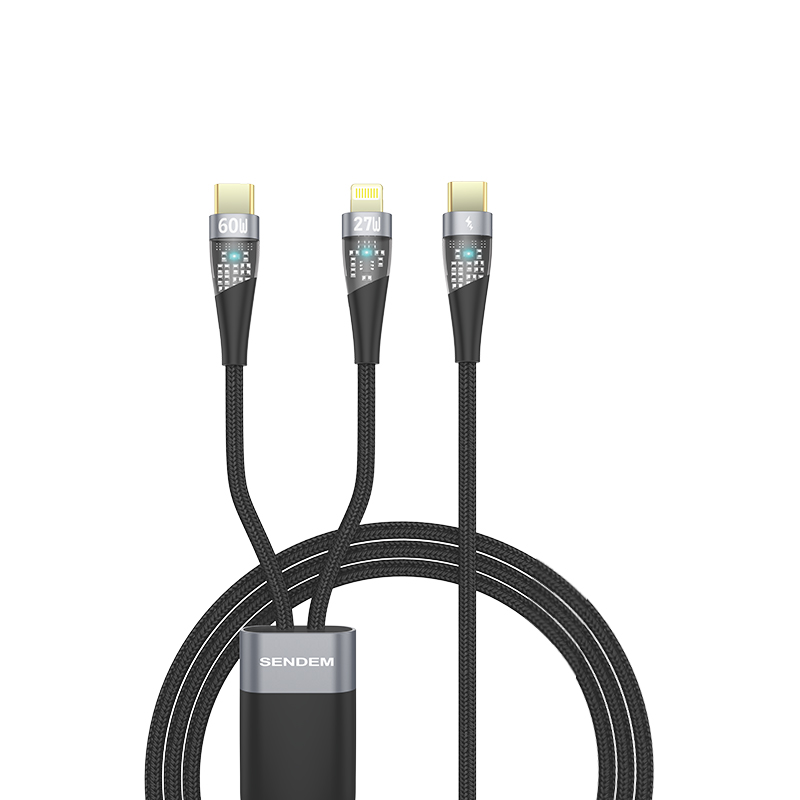

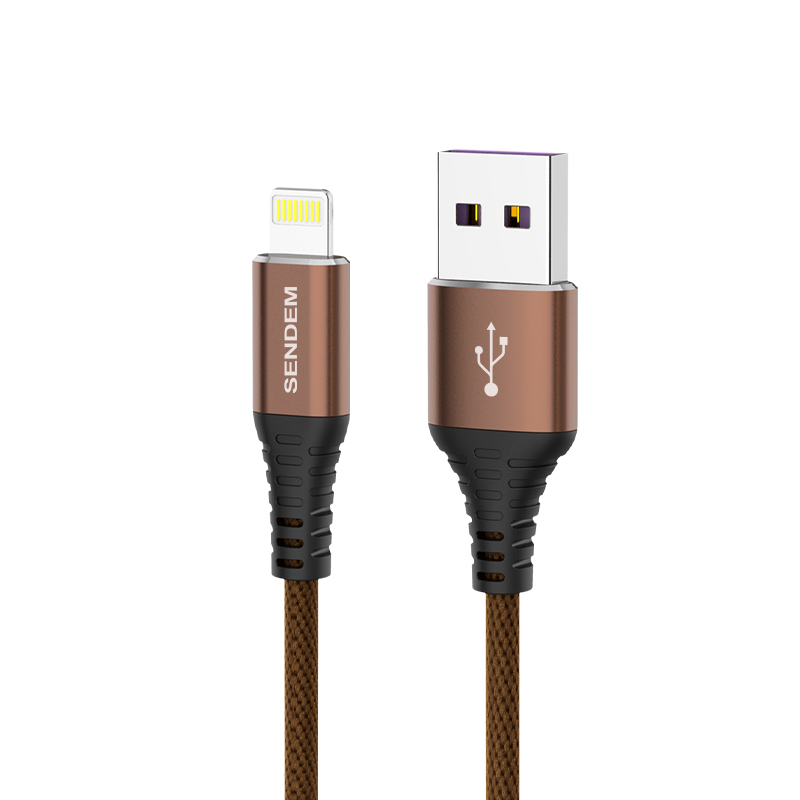

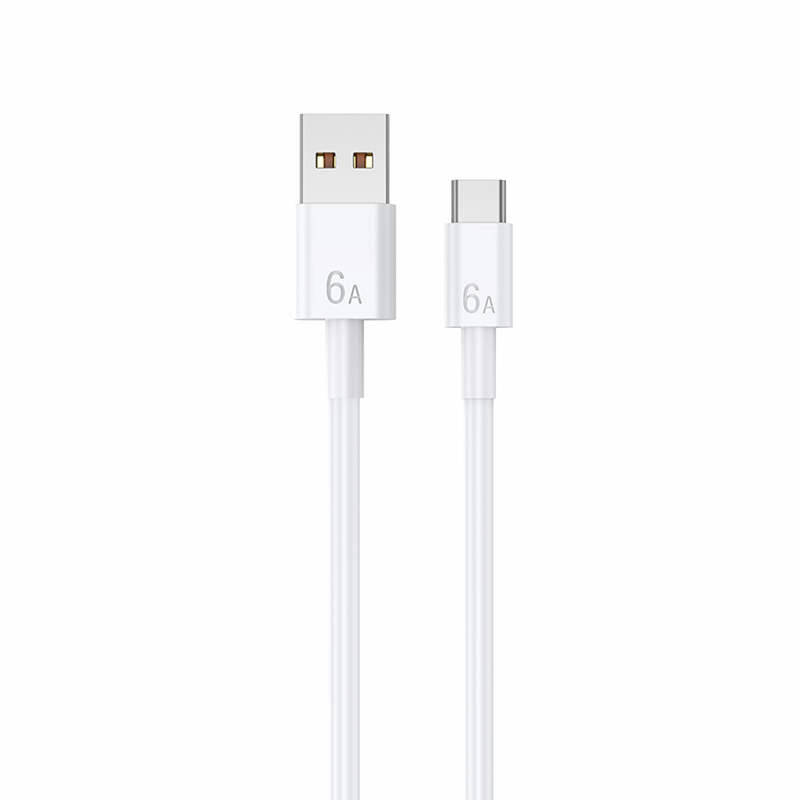






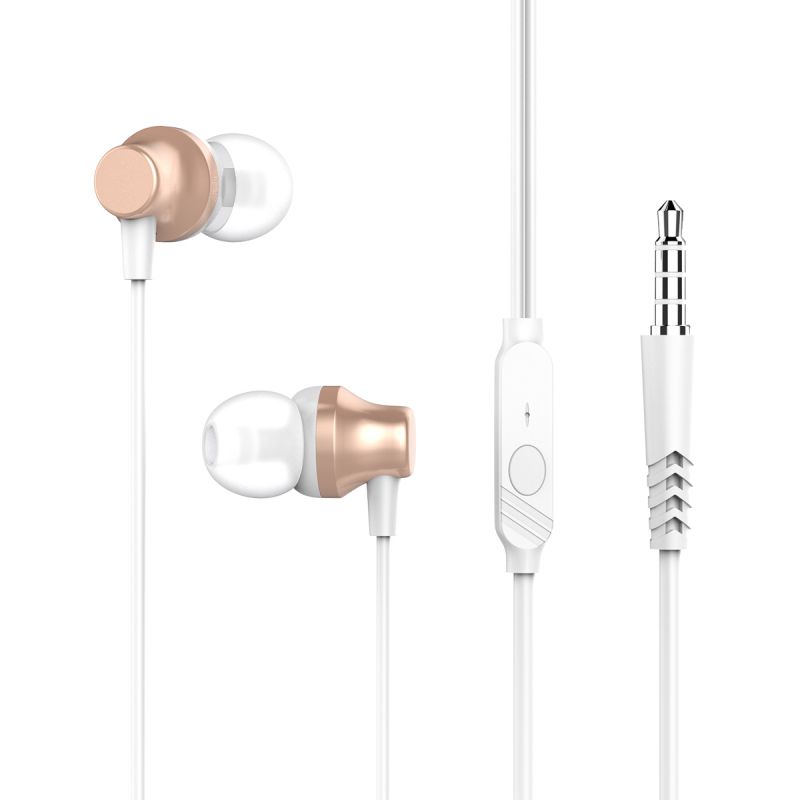

.png)



